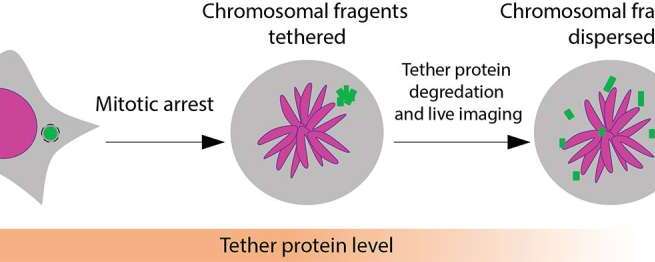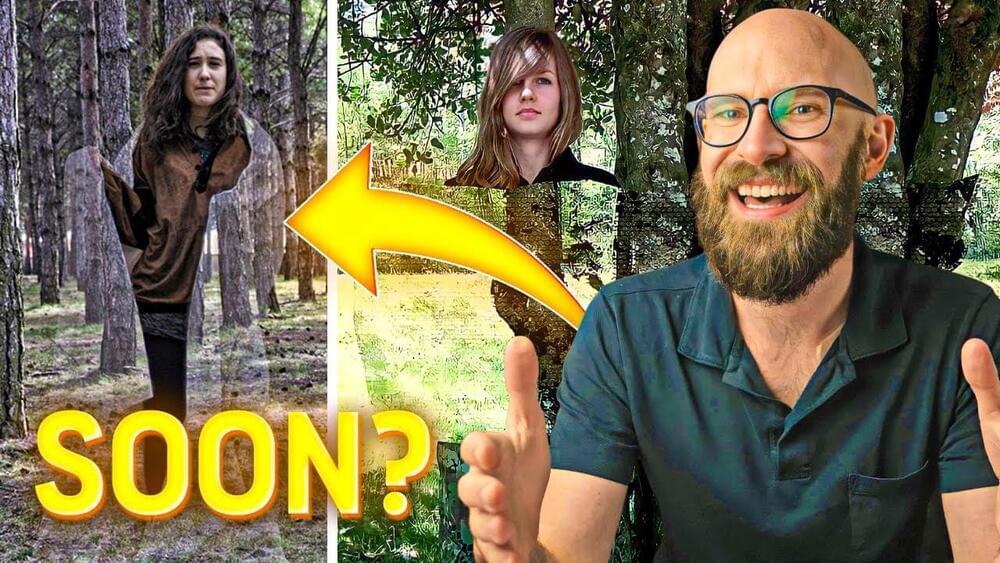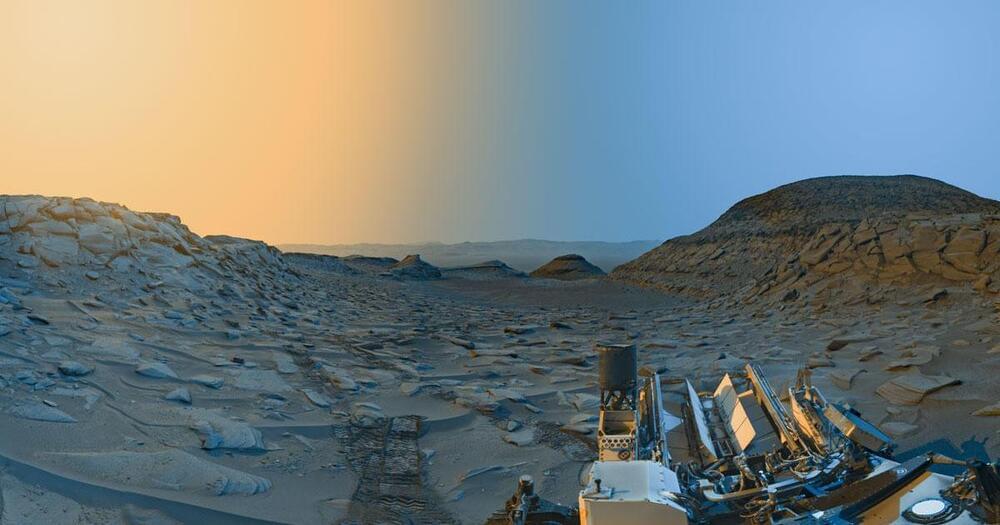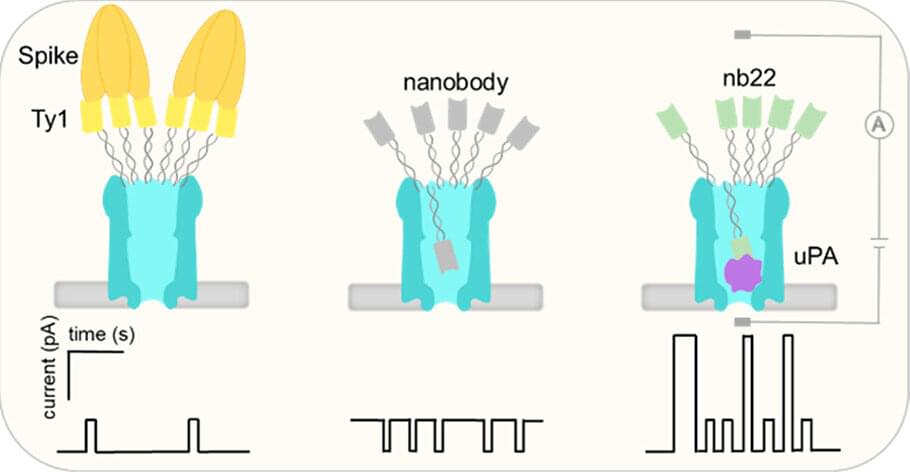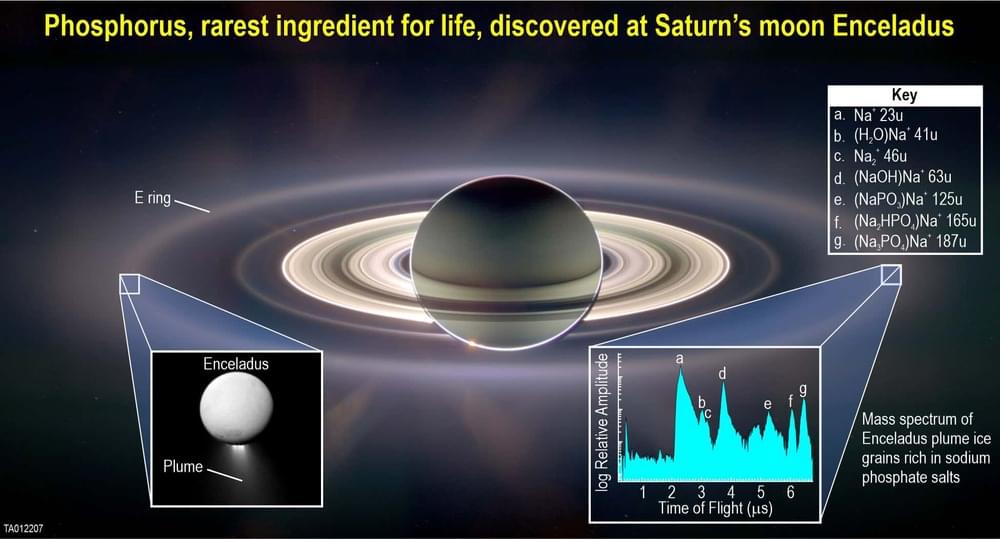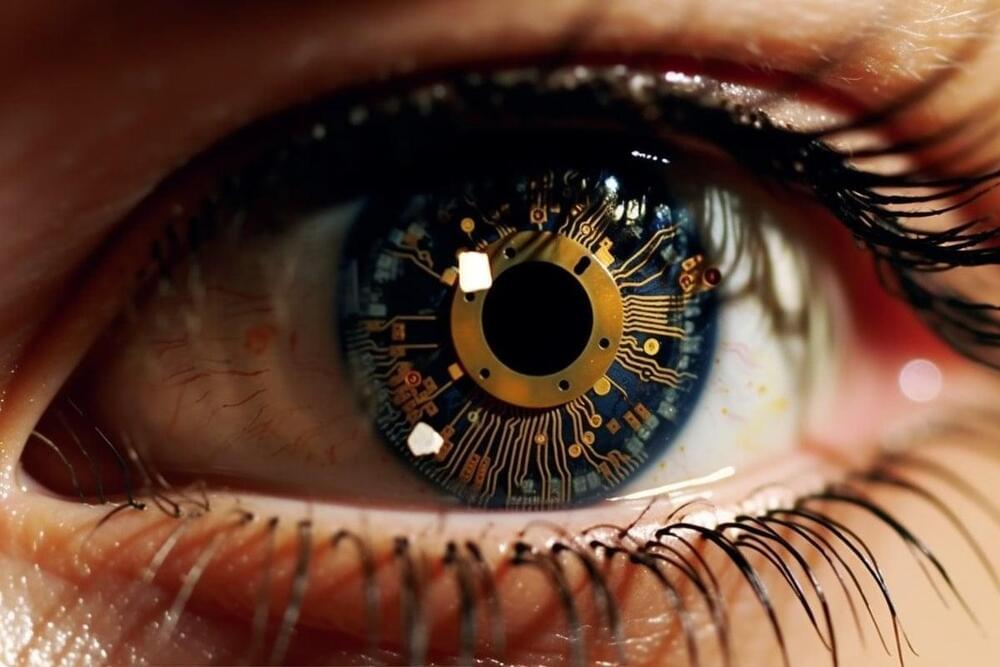An AI photo company promises to ‘cut out the need for expensive photographers’ by providing a cost-effective way to generate images.
Psilocybin is a serotonergic psychedelic with untapped therapeutic potential. There are hints that the use of psychedelics can produce neural adaptations, although the extent and timescale of the impact in a mammalian brain are unknown. In this study, we used chronic two-photon microscopy to image longitudinally the apical dendritic spines of layer 5 pyramidal neurons in the mouse medial frontal cortex. We found that a single dose of psilocybin led to ∼10% increases in spine size and density, driven by an elevated spine formation rate. The structural remodeling occurred quickly within 24 h and was persistent 1 month later. Psilocybin also ameliorated stress-related behavioral deficit and elevated excitatory neurotransmission. Overall, the results demonstrate that psilocybin-evoked synaptic rewiring in the cortex is fast and enduring, potentially providing a structural trace for long-term integration of experiences and lasting beneficial actions.
Psilocybin is a classical psychedelic that shows promise as a treatment for depression. Shao et al. show that psilocybin administration leads to long-lasting modifications to the neural architecture in mice. The increases in the density and strength of neuronal connections may underlie the enduring behavioral effects of the compound.
Healthy cells work hard to maintain the integrity of our DNA, but occasionally, a chromosome can get separated from the others and break apart during cell division. The tiny fragments of DNA then get reassembled in random order in the new cell, sometimes producing cancerous gene mutations.
This chromosomal shattering and rearranging is called “chromothripsis” and occurs in the majority of human cancers, especially cancers of the bones, brain and fatty tissue. Chromothripsis was first described just over a decade ago, but scientists did not understand how the floating pieces of DNA were able to be put back together.
In a study published in Nature, researchers at University of California San Diego have answered this question, discovering that the shattered DNA fragments are actually tethered together. This allows them to travel as one during cell division and be re-encapsulated by one of the new daughter cells, where they are reassembled in a different order.
Colon cancer screening | Colonoscopy.
0:00 Introduction.
0:24 What is colon cancer.
0:56 Risk factors of colon cancer.
1:47 Signs and symptoms of colon cancer.
4:36 Late stage colon cancer Signs and symptoms.
5:03 How to prevent colorectal cancer.
What is colorectal cancer?
Colorectal carcinoma or colorectal cancer is the cancer of large intestine and/or rectum.
What are the risk factors of colon cancer?
There are several risk factors we can count. However, the most important one is older age. The chances of having colon cancer increases with age.
There are other risk factors like:
History of inflammatory bowel disease such as Crohn’s disease and ulcerative colitis.
Family history of colorectal cancer or colorectal polyps.
Once in the hands of NASA scientists, the photos were turned into panoramic images. Color was also added to the photos, creating what NASA referred to as a “postcard,” and further emphasizing the difference between the two times the photos were taken.
The panoramic postcard shows a number of Mars landmarks, including “Marker Band Valley,” where Curiosity once found evidence that there may have been a lake on the site, and two hills named “Bolivar” and “Deepdale.” At the edge of the photo is the rim of the Gale Crater, which Curiosity is currently exploring. Because the photograph was taken on a clear day, Curiosity’s image even shows a mountain that is 54 miles from the edge of the crater.
In a collaboration with Groningen University, Professor Jørgen Kjems and his research group at Aarhus University have achieved a remarkable breakthrough in developing tiny nano-sized pores that can contribute to better possibilities for, among other things, detecting diseases at an earlier stage.
Their work, recently published in the journal ACS Nano, shows a new innovative method for finding specific proteins in complex biological fluids, such as blood, without having to label the proteins chemically. The research is an important milestone in nanopore technology, and could revolutionize medical diagnostics.
Nanopores are tiny channels formed in materials, that can be used as sensors. The researchers, led by Jørgen Kjems and Giovanni Maglia (Groningen Univ.), have taken this a step further by developing a special type of nanopore called ClyA with scanner molecules, called nanobodies, attached to it.
Artificial intelligence (AI) and its latest contribution to the development of anti-aging drugs has paved the way for breakthrough discoveries in modern medicine.
Researchers, using AI technology, have successfully identified three chemicals that specifically target malfunctioning cells, believed to be associated with certain cancers and Alzheimer’s disease.
A group of scientists from the University of Edinburgh developed an AI algorithm to screen a collection of over 4,300 chemical compounds.
The team’s research demonstrates a working device that captures, processes and stores visual information. With precise engineering of the doped indium oxide, the device mimics a human eye’s ability to capture light, pre-packages and transmits information like an optical nerve, and stores and classifies it in a memory system like the way our brains can.
Summary: Researchers developed a single-chip device that mimics the human eye’s capacity to capture, process, and store visual data.
This groundbreaking innovation, fueled by a thin layer of doped indium oxide, could be a significant leap towards applications like self-driving cars that require quick, complex decision-making abilities. Unlike traditional systems that need external, energy-intensive computation, this device encapsulates sensing, information processing, and memory retention in one compact unit.
As a result, it enables real-time decision-making without being hampered by processing extraneous data or being delayed by transferring information to separate processors.


